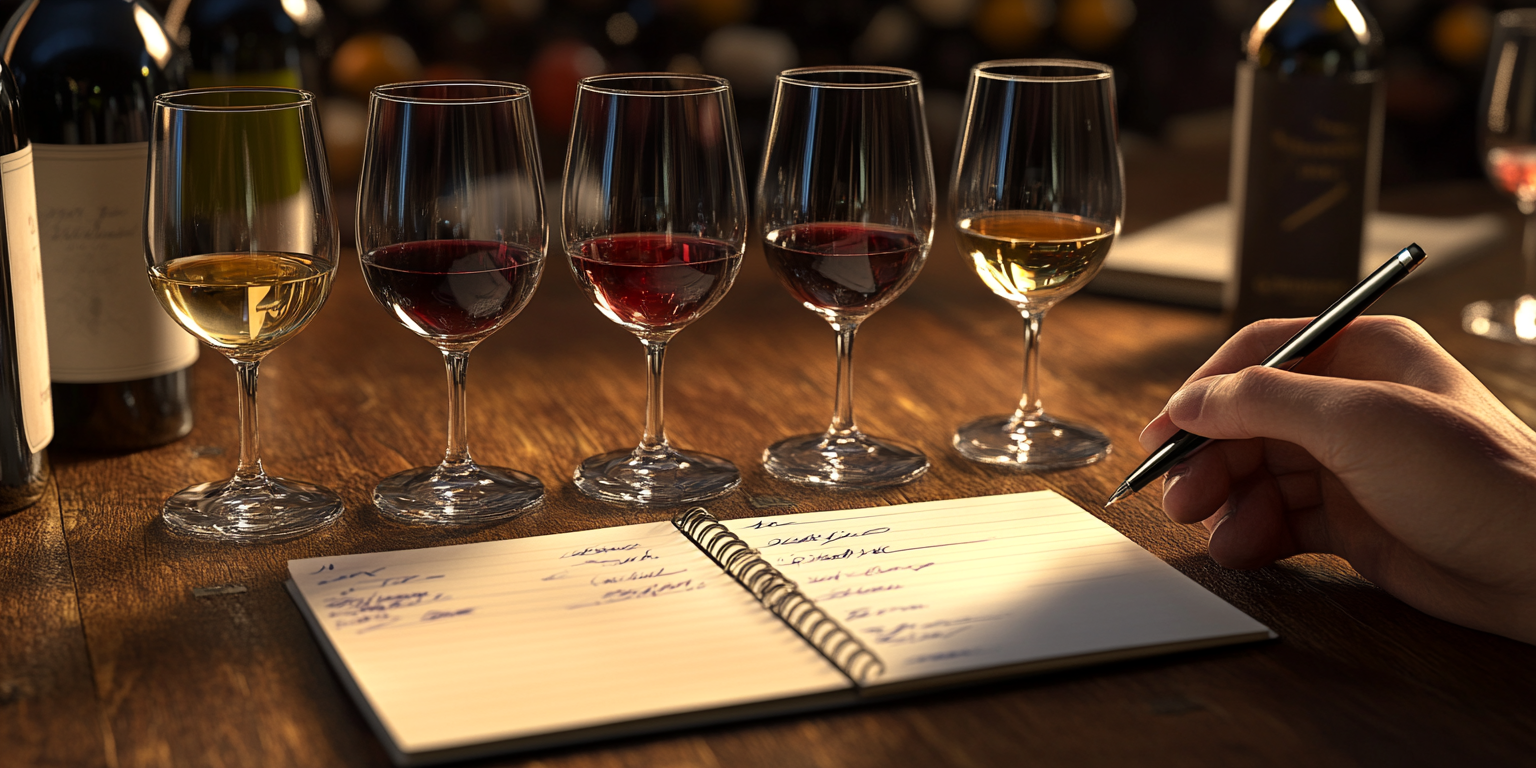Discover how wine and fusion food from different cultures come together to create surprising and delicious pairings that break from tradition.

Let’s cut through the noise: wine doesn’t have to be complicated, and you don’t need to memorize hundreds of fancy terms to enjoy it. But let’s face it, wine can feel overwhelming—especially when someone starts talking about “notes of tobacco” in their glass (I myself am guilty of this), and you’re just trying to figure out what to order. This 101 guide is here to help you get started. I’ll break it all down in a straightforward way so that little by little you start to feel confident while you’re staring at a wine list or picking up a bottle at the store.
Now, before we dive in, here’s a fun fact to blow your mind: there are over 10,000 grape varietals worldwide. Yup, 10,000. Out of those, only a fraction is widely used to make wine, but it’s still way more than the 5-10 you probably hear about most. This is why wine feels like such a deep rabbit hole—but don’t worry, we’re going to focus on the most common and approachable ones to get you started and I would recommend that you sign up for our distribution list to read other articles when I start doing deep dives into different varietals or on more pro tasting tips.
Wine is made in different styles, each with its own unique flavor, weight, and feel. Let’s start with the big categories you’ll run into:
Red wine is made from red or black grapes, and the secret to its color and complexity lies in the skins. During fermentation, the grape skins, seeds, and sometimes stems hang out with the juice, giving red wine its signature bold flavors and tannins (more on tannins later). Here are some popular red varietals:
Fun fact: There are over 1,300 red grape varietals actively used for wine production, so you could spend a lifetime exploring just reds.
White wine is typically made from white grapes, though it can also come from red grapes with the skins removed before fermentation. It’s lighter, crisper, and usually more refreshing than red wine. Some popular whites include:
Oh, and white wines have their own impressive variety, too—there are over 1,000 white grape varietals in use around the world.
Rosé bridges the gap between red and white. It’s made from red grapes, but the skins only spend a short time with the juice during fermentation, giving it that pink hue. Rosé can range from light and dry to fruity and sweet. Here are a couple of popular styles:
Orange wine is actually a white wine but it's made like red wine. Many wine lists don't split this up into its own wine category since it's considered "white". The grape skins stay in contact with the juice during fermentation, giving it a bold flavor, tannins, and an amber-orange color. It’s fuller-bodied than most whites and can range from nutty and honeyed to fruity and slightly tannic.
Here are a couple of popular styles:
Sparkling wine is bubbly and festive, making it perfect for celebrations (or any time, really). Only sparkling wine from the Champagne region in France can legally be called Champagne, but there are fantastic options from elsewhere:
Dessert wines are sweet and rich, often enjoyed with—or as—dessert. They include fortified wines (extra alcohol added) and other sweet styles. A few classics:
If wine jargon has ever made your head spin, you’re not alone. Here’s what some of the key terms actually mean (and how to notice them in your glass):
Choosing wine doesn’t have to be a headache, but let’s face it—staring at a wall of bottles or a confusing menu can make anyone feel out of their depth. Here are a few tips to help:
And here’s where we shamelessly admit why Wine Pro exists. Seriously, this is exactly why we developed the world’s first wine AI—to make choosing wine easier for everyone. Whether you’re trying to decode a wine list at a restaurant, figure out what pairs with your dinner, or pick a bottle out of a lineup at the store, Wine Pro has your back. And here’s the best part: you can set it to “Beginner” mode, so the AI explains things in a way that actually makes sense to you—no wine snobbery, no jargon. It’s like having a personal sommelier in your pocket (without the awkwardness of asking a million questions).
When it’s time to taste wine, keep it simple. You don’t need to swirl dramatically or try to impress anyone. Here’s a straightforward approach:
Wine doesn’t have to be intimidating or confusing. It’s all about finding what you enjoy and building from there. Whether you’re into bold reds, crisp whites, or bubbly, there’s no right or wrong answer. With the basics under your belt—and a little help from tools like Wine Pro—you’re ready to explore the world of wine at your own pace.
Dive into the heart of innovation with our 'Coding Chronicles' blog section. Explore a rich tapestry of articles, tutorials, and insights that unravel.